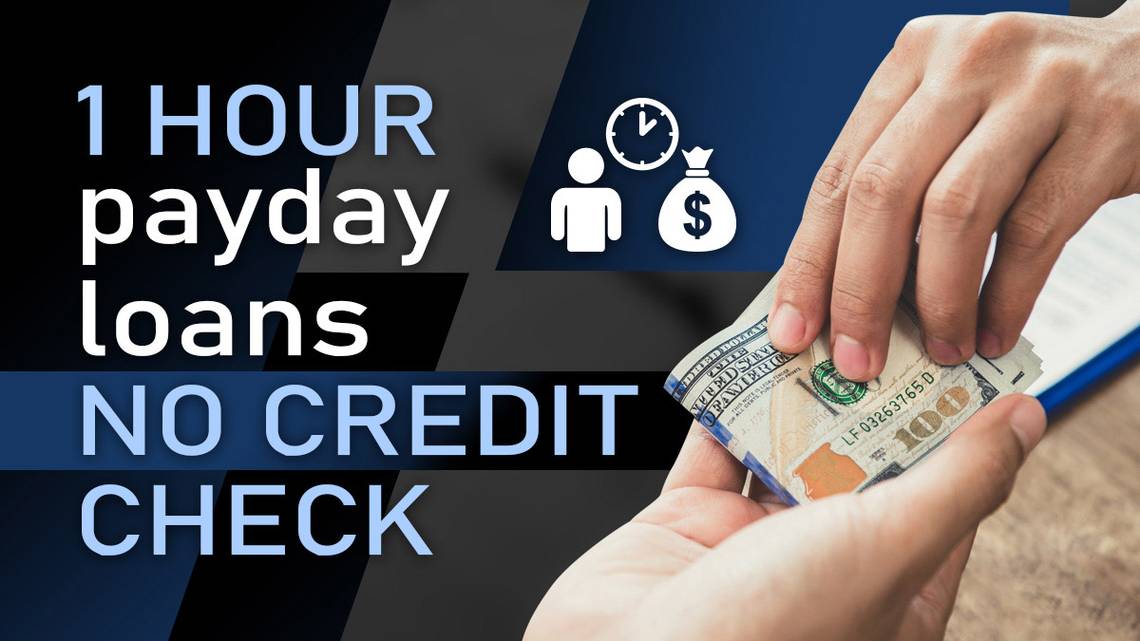Securing a low-interest loan can significantly reduce the cost of borrowing, making it easier to manage debt and achieve financial goals. Whether you’re looking to consolidate debt, make a large purchase, or finance a home improvement project, low-interest loans can be a smart financial move. Here’s an in-depth look at low-interest loans, their benefits, how to qualify, and tips for finding the best deals.
What Are Low-Interest Loans?

Low-interest loans are loans offered at interest rates lower than the average market rates. They are available for various purposes, including personal loans, auto loans, mortgages, and student loans. A lower interest rate means you pay less over the life of the loan, making it a cost-effective borrowing option.
Benefits of Low-Interest Loans
- Cost Savings: The most significant benefit is the cost savings on interest payments. Lower rates mean you pay back less money over time.
- Affordable Monthly Payments: Lower interest rates often result in lower monthly payments, making it easier to manage your budget.
- Faster Debt Repayment: With lower interest accruing, more of your payment goes towards the principal balance, allowing you to pay off the loan faster.
- Improved Credit Score: Successfully managing a low-interest loan can help boost your credit score, improving your chances of securing favorable loan terms in the future.
How to Qualify for a Low-Interest Loan
- Good Credit Score: A high credit score is crucial for qualifying for low-interest loans. Lenders see a high score as an indicator of low risk.
- Stable Income: Demonstrating a stable and sufficient income assures lenders of your ability to repay the loan.
- Low Debt-to-Income Ratio: A lower debt-to-income ratio shows that you have a manageable level of debt compared to your income.
- Strong Credit History: A long history of responsible credit use can improve your chances of securing a low-interest loan.
Steps to Find the Best Low-Interest Loan
- Compare Lenders: Research and compare loan offers from various lenders. Online comparison tools can be particularly helpful in finding the best rates.
- Check Credit Unions: Credit unions often offer lower rates than traditional banks because they are non-profit institutions.
- Consider Online Lenders: Many online lenders provide competitive rates and flexible terms. Be sure to verify their credibility and customer reviews.
- Negotiate Terms: Don’t hesitate to negotiate with lenders for better rates and terms, especially if you have a strong credit profile.
- Use a Co-Signer: If your credit score is less than ideal, having a co-signer with good credit can help you secure a lower interest rate.
Types of Low-Interest Loans
- Personal Loans: Unsecured loans that can be used for various personal expenses, often offering competitive rates for borrowers with good credit.
- Auto Loans: Loans specifically for purchasing a vehicle, typically offering lower rates due to the collateral (the vehicle itself).
- Mortgages: Home loans that usually come with lower interest rates, especially if you have a substantial down payment and good credit.
- Student Loans: Education loans that can have favorable rates, particularly federal student loans.
Conclusion
Low-interest loans are a valuable financial tool that can help you save money, manage debt, and achieve your financial goals. By understanding the benefits, qualifying criteria, and strategies for finding the best rates, you can make informed decisions and secure a loan that best fits your needs. Always remember to borrow responsibly and ensure that the loan terms align with your financial situation and repayment capacity.
By taking the time to research and compare your options, you can find a low-interest loan that provides the financial support you need while minimizing your borrowing costs.



